I have a game system that can be represented as an undirected, unweighted graph where each vertex has one (relevant) property: a color. The goal of the game in terms of the graph representation is to reduce it down to one vertex in the fewest "steps" possible. In each step, the player can change the color of any one vertex, and all adjacent vertices of the same color are merged with it. (Note that in the example below I just happened to show the user only changing one specific vertex the whole game, but the user can pick any vertex in each step.)
What I am after is a way to compute the fewest amount of steps necessary to "beat" a given graph per the procedure described above, and also provide the specific moves needed to do so. I'm familiar with the basics of path-finding, BFS, and things of that nature, but I'm having a hard time framing this problem in terms of a "fastest path" solution.
I am unable to find this same problem anywhere on Google, or even a graph-theory term that encapsulates the problem. Does anyone have an idea of at least how to get started approaching this problem? Can anyone point me in the right direction?
EDIT Since this problem seems to be really difficult to solve efficiently, perhaps I could change the aim of my question. Could someone describe how I would even set up a brute force, breadth first search for this? (Brute force could possibly be okay, since in practice these graphs will only be 20 vertices at most.) I know how to write a BFS for a normal linked graph data structure... but in this case it seems quite weird since each vertex would have to contain a whole graph within itself, and the next vertices in the search graph would have to be generated based on possible moves to make in the graph within the vertex. How would one setup the data structure and search algorithm to accomplish this?
EDIT 2 This is an old question, but I figured it might help to just state outright what the game was. The game was essentially to be a rip-off of Kami 2 for iOS, except my custom puzzle editor would automatically figure out the quickest possible way to solve your puzzle, instead of having to find the shortest move number by trial and error yourself. I'm not sure if Kami was a completely original game concept, or if there is a whole class of games like it with the same "flood-fill" mechanic that I'm unaware of. If this is a common type of game, perhaps knowing the name of it could allow finding more literature on the algorithm I'm seeking.
EDIT 3 This Stack Overflow question seems like it may have some relevant insights.
